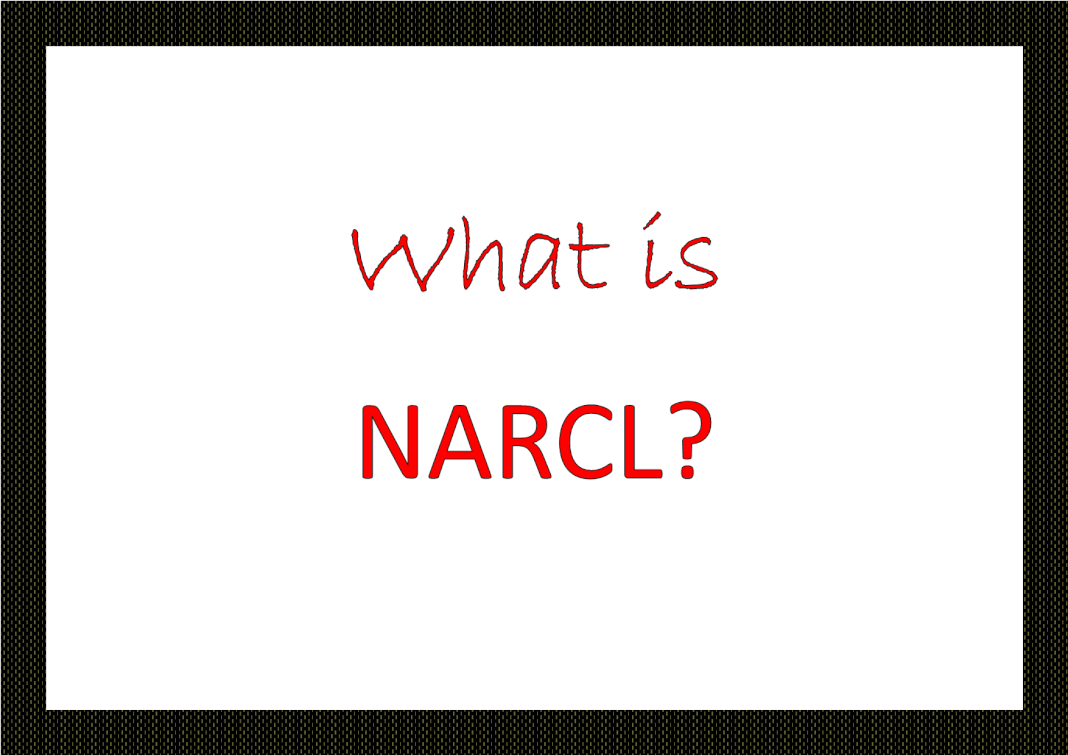The National Asset Reconstruction Company (NARCL) is a government-created entity to sort out the bad asset problem in India through asset reconstruction process. It was incorporated in July 2021 under the Companies Act (with Registrar of Companies) and is waiting for an Asset Reconstruction Company (ARC) license from the RBI.
The NARCL, which is structured as a bad bank for buying bad assets, is a remarkable initiative given that bad assets with the banking system is set to go up to nearly Rs 10 lakh crore in the context of the Covid induced economic shock. The NARCL was created by the government after the budget 2021 announcement by the Finance Minister and a proposal by the Indian Bank Association.
The NARCL’s business is to acquire bad loans above a certain threshold from banks and to sell them to potential buyers of bad debt. The NARCL will value the price of bad loans with the banks and also the selling price to the buyers.
Though the NARCL, with Rs 100 crore capital, is created at the government initiative, the government is not directly holding any equity in it. The shares of the NARCL is mainly held by Public Sector banks and other financial entities. Public Sector Banks will hold 51% share, while FIs or debt management companies will hold 49%. This means that though the government is not directly owning the NARCL, the entity has a public sector character.
Already there are several established ARCs in the country, which have failed to solve the bad asset problem. In this context, the NARCL is different from the existing ones. First is that the NARCL is going to sort out the problems of big sized NPAs ie, bad assets worth above Rs 500 crores. Secondly, compared to the existing ARCs, the NARCL is backed by a government guarantee of ` 30600 cores. This will help the entity to sort out sizable NPAs in a quick time. For supporting the NARCL, banks will set up an India Debt Resolution Company Ltd. (IDRCL), which will manage the acquired assets and will make efforts to improve the value of bad assets for final resolution. Here, the IDRCL’s work is to improve the value of the acquired assets that are in the form of machineries etc., so that the bank can get a higher amount during the resolution process.
The government guarantee – to facilitate Asset Securitisation
An important component of the entire NARCL mechanism is the fund needed to acquire the bad assets from banks. The banks badly need money that is blocked in the form of bad assets. For funding the NARCL purchase of bad assets, the government will provide a guarantee for Rs 30600 cores to the security receipts issued by the NARCL for buying the bad assets. The guarantee for such receipts will be valid for five years and the process.
As per the initial plan, the NARCL is expected to resolve stressed assets that have a value of above Rs 500 crore. The value of such bad assets amounts to nearly Rs 2 lakh crore. During phase I of asset reconstruction, fully provisioned (implies such assets are supported by banks’ own funds) assets of about ` 90,000 crore are expected to be transferred to NARCL. The remaining assets with lower provisions would be transferred in phase II.
The NARCL’s payment for the acquired bad assets will be in two components. First is the upfront cash payment that may amount to nearly 15% of the identified value of the bad asset. Second is the remaining payment, which will be made in the form of security receipts issued by the NARCL. The government guaranteed security receipts imply that such securities can be used by banks for availing liquid funds with conditions. For banks, they can use these securities to free their capital that is held captive and inactive due to the NPA burden.
For banks, the asset reconstruction of solving the bad asset problem helps them to free the remaining fund they can recapture from the bad assets. Suppose that a bank has a bad loan worth Rs 100 crore. Assume that the value of the underlying asset for the loan (building, machineries and other collateral etc owned by the defaulter) is 20%; the bank can get Rs 20 crore from the asset recovery process. As per the norm, banks can get 15% (Rs 3 crore here) of the asset value in cash upfront while opting for the NARCL sponsored asset reconstruction process. The remaining 85% will be given in the form of security receipts (issued by the NARCL), guaranteed by the government. One remarkable feature of the programme is that the security receipts are liquid and are tradeable. This means that banks can sell the security receipts to get immediate cash.
*********










